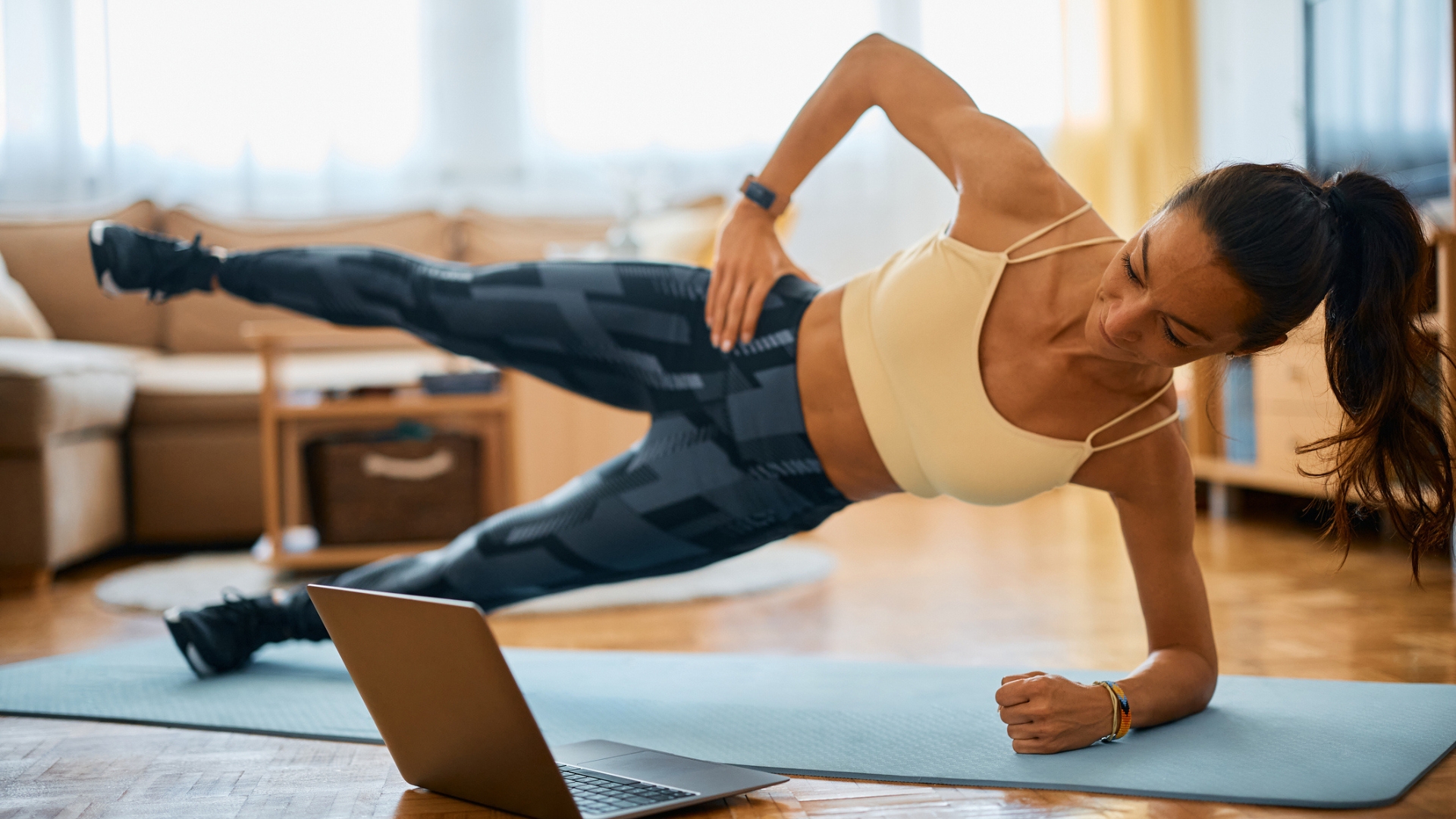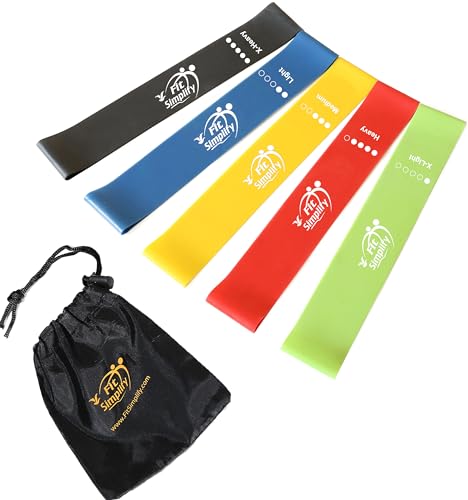A physical therapist says weakness in this one muscle could be contributing to knee and back pain and there’s a simple way to check
The muscle plays a big role in the way we walk and run

Many people assume that knee pain is caused by weakness in the knee joint, but that’s not always the case. Often, the real culprit is a weak supporting muscle elsewhere in the body.
According to physical therapist Tom Williams at Activ8rehab, the culprit could be your gluteus medius—one of the three muscles in your buttocks—located on the outside of your pelvis.
It’s common for this muscle to show signs of weakness, even for active people. It could be contributing to pain in other areas of the body, including your back, or increasing your risk of injury.
Williams has shared a simple test to help you assess whether or not your glute medius needs attention.
How to do the gluteus medius strength test
A post shared by Activ8rehab (@activ8rehab)
A photo posted by on
The test: Side plank leg lift
- Lie on your side with your forearm on the floor and elbow under your shoulder.
- Engage your core and lift your hips so your body is in a straight line.
- Lift your top leg, pause, then lower with control.
If your hips drop as you lift your top leg, or you struggle to lift your leg without twisting or wobbling, it’s a sign that your gluteus medius needs strengthening.
Why the gluteus medius matters
According to Williams, the gluteus medius plays a stabilizing role in walking and running.
Start your week with achievable workout ideas, health tips and wellbeing advice in your inbox.
“A weak gluteus medius in a dynamic weight-bearing environment, such as running, will contribute to a hip drop on the landing phase of gait, thus transmitting a lateral load to the restraining muscle, tensa fascia lata (TFL),” he tells Fit&Well.
“The TFL is connected to your iliotibial band (ITB) [the tissue running from your hip to your knee] and thus increases load, compressing it against the outside bone of your knee.
“This repeated compression on every stride whilst running eventually causes an inflammatory response and pain, such as runner's knee or ITB syndrome.”
In short, the gluteus medius is there to support your movement and stabilize the pelvis, but if it’s not strong enough, it will add load to other muscles, like the TSL at the front of your hips and the ITB.
When your biomechanics are thrown off like this, pain or injury can show up in your knees, hips and even lower back.
My personal experience
When I visited a physical therapist for chronic knee pain a few years ago, the first thing they identified was weakness in my gluteus medius.
The side plank leg lift Williams recommends was one of the exercises I was prescribed. At first, I had to modify the side plank position with the knee of my lower leg resting on the floor. Later, I progressed to doing the leg lift from a full side plank.
After doing this exercise consistently two to four times a week for the past two years, my knee pain has significantly reduced. This has rebuilt my confidence in running and walking.
Even now, with far less knee pain, I still include this move in my workout routine because of its benefits. It not only builds strength, but also improves stability, balance, core control and coordination.
Exercises to strengthen your gluteus medius
Williams says the goal is to resist external hip rotation, which challenges the gluteus medius. You can develop the strength to do this with the help of these three exercises. One is the test itself, the side plank leg lift, and two more beginner-friendly options.
1. Clamshell
Reps: 8 each side
- Lie on your side with your hips and knees bent, legs stacked on top of each other. Support your head with your hand.
- Keeping your feet together, lift your top knee as high as possible without moving your pelvis.
- Pause at the top, feeling the glutes engage.
- Lower your knee slowly back to the start.
- Complete all the repetitions on one side, then switch sides.
“Progress this move with use of resistance loop bands around the knees,” says WIlliams.

Five bands for less than $10.
2. Banded side step
Reps: 8 in each direction
- Place a mini resistance band just above your knees.
- Step your feet wider than hip-width apart, creating tension in the band.
- Bend your knees slightly, keeping your back straight.
- Take a small step to the right with your right foot, followed by your left foot, maintaining tension in the band.
- Complete all the repetitions in one direction, then repeat in the other direction.
3. Side plank with leg lift
Reps: 8 on each side
- Lie on your side with your forearm on the floor and elbow under your shoulder.
- Engage your core and lift your hips so your body is in a straight line.
- Lift your top leg, pause, then lower with control.
- Complete all reps on one side while holding the side plank position, then repeat on the other side.
Alice Porter is a freelance journalist covering lifestyle topics including health, fitness and wellness. She is particularly interested in women's health, strength training and fitness trends and writes for publications including Stylist Magazine, Refinery29, The Independent and Glamour Magazine. Like many other people, Alice's personal interest in combining HIIT training with strength work quickly turned into a CrossFit obsession and she trains at a box in south London. When she's not throwing weights around or attempting handstand push-ups, you can probably find her on long walks in nature, buried in a book or hopping on a flight to just about anywhere it will take her.
